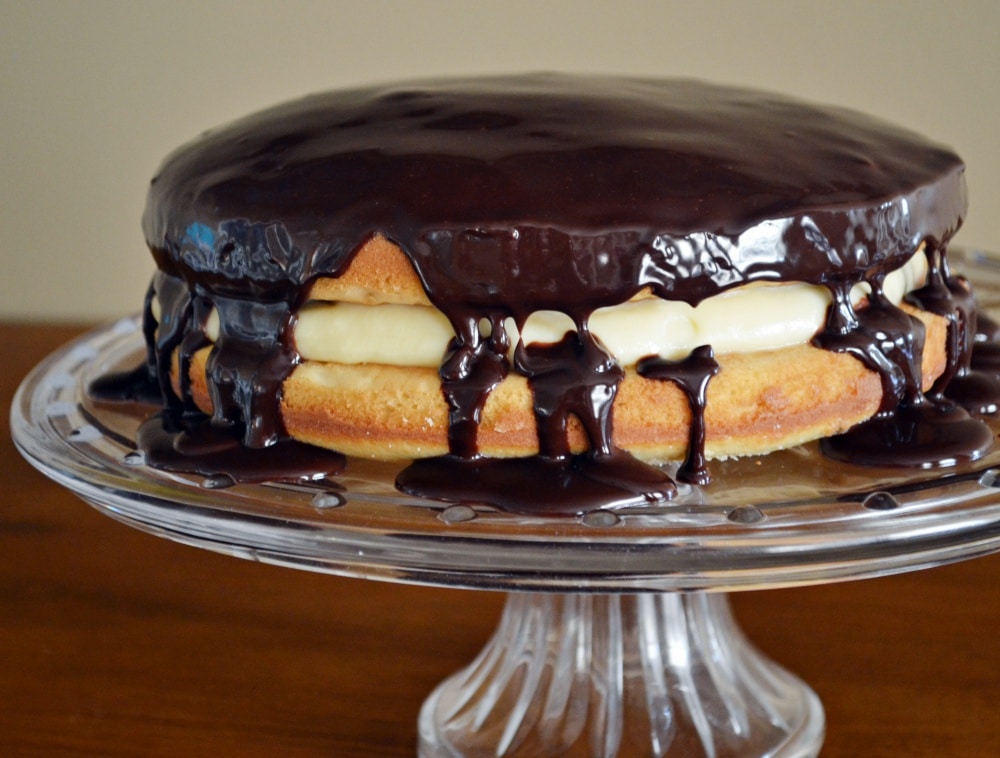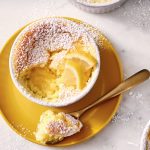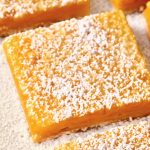Desserts
History of Boston Cream Pie | A Pie in Cake’s Clothing
Why should the origin of something as good as Boston cream pie be such a mystery? Learn more about the history of Boston cream pie.

Coffee By Design | Portland, Maine
Photo Credit : Katherine Keenan







Thank you for the information and thank you for the recipe. It looks like a great recipe which I will try soon. Every Boston Cream pie recipe is different. As long as it all tastes great.
Yummy
Nothing bets Boston cream pie (cake) even a favorite of all 11 grandkids all of them are of one mind. Thanks for a great piece of information as always your magazine is the one and only The very BEST..
Pleased to be on board
My mom made one every year for my brother’s birthday. She used vanilla pudding (from a box) for the cream filling. I don’t think I’ve ever had it any other way!
The taste of my first Boston Cream Pie still abides with me! It was at least 60 years ago! My aunt brought it to a family dinner. One bite of that heavenly dessert suddenly moved My Aunt Berniece to favorite aunt status.
I grew up in California, fifth generation on my dad’s side and sixth on my mom’s. My mother was a terrific baker and made Boston Creme Pie about once a year — not often enough, in my opinion! I don’t recall seeing it on restaurant menus and wonder how she’d come to love it so much and where she got the recipe.
“A Pie in Cake’s Clothing.” Clever headline! 🙂
I am from RI.
My family loves Boston Cream Pie!
My Mom never made it but purchased it frequently.
I on the other hand have made it several times.
Its been a while now…guess I’m due for another!!
Add the vanilla bean? Do you mean literally?
I used to handle PR for the Omni Parker House. We reported and so does Wikipedia that “the dessert acquired its name when cakes and pies were baked in the same pans, and the words were used interchangeably. In the late 1800s this type of cake was variously called a ‘cream pie,’ or a ‘custard cake.'”